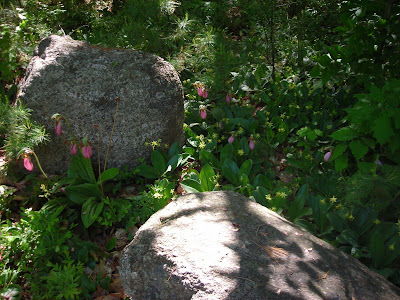Day Lillies
How to Grow Daylilies
I read this article on line on Garden Supply site and thought it would give you some tips for growing the day lillies.
How to Grow Daylilies
Planting Care
Daylilies flower best when planted in full sun (6 hours/day), on moist, yet well-drained soil. In hot climates, dark-colored cultivars should receive some afternoon shade to help them retain their flower color. When planted in the correct location, daylilies will flower for years with little care. They do not require fertilization other than a yearly addition of compost.
If buying daylilies by mail, plant them within a few days of receiving them. In the South, plant in spring or fall while temperatures are still cool. In the North, daylilies should be planted in spring so they have plenty of time to get established before winter. However, daylilies are such tough plants, that in the North, most can be planted anytime from spring through fall.
Amend the soil with compost before planting. Space plants 12 to 18 inches apart and plant so the crown is about 1 inch below the soil surface. Water well and mulch with bark or straw to conserve moisture and prevent weeds from growing. Although resilient once established, young transplants should be kept free from weeds and well watered the first year.
Daylilies have few pests. However, a new daylily disease--a type of rust--has been spreading throughout the county, attacking many plants. To control this disease, keep the area around daylilies open and airy, remove diseased foliage, and water plants when rainfall is insufficient.
Dividing Daylilies
One of the few routine maintenance chores needed when growing daylilies is dividing them. Depending on their growth, your daylily clump will usually become crowded after four to five years and flowering will diminish. In most areas, late summer is the best time to divide daylilies. In the North, early spring is an alternate option, especially if the weather typically turns cold quickly in fall.
Dig up individual clumps and put them on a tarp. Use a sharp knife or spade to separate healthy young plants (fans) with strong root systems. Cut back the foliage and replant immediately in compost-amended soil or plant in containers for holding. You'll have many extra plants from each clump to give away to friends and neighbors. Discard any small or diseased plants.
Winter Care
In northern areas, newly planted daylilies can be mulched in late fall. This is important for young plants which otherwise may be heaved out of the ground the first winter. Dead foliage can be removed in spring, unless it was diseased. In that case it is best to remove it in fall.



.jpg)

